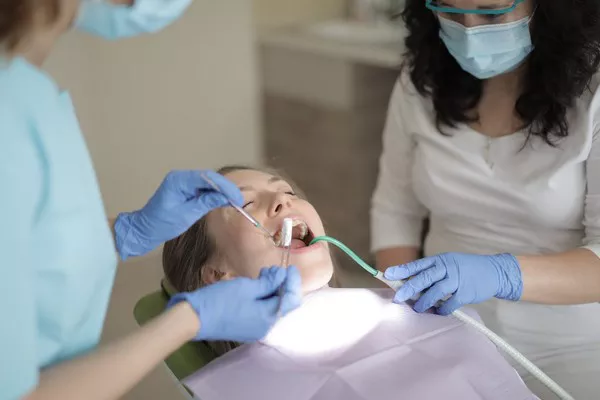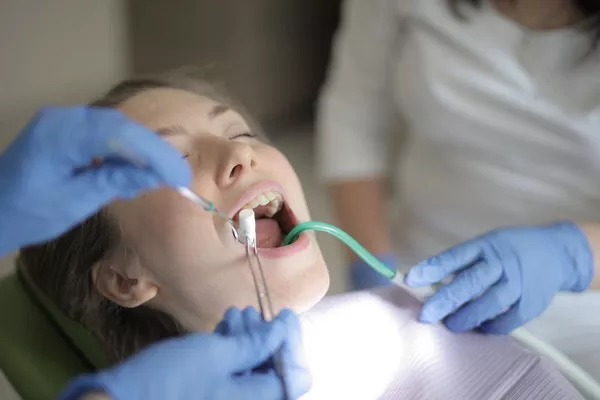Periodontal cleaning, also known as scaling and root planing, is a specialized dental procedure designed to treat gum disease (periodontitis). This comprehensive guide aims to provide an in-depth understanding of periodontal cleaning, its importance, the procedure itself, and post-treatment care.
What is Periodontal Disease?
Periodontal disease is a chronic bacterial infection that affects the gums and supporting structures of the teeth. It begins with gingivitis, characterized by gum inflammation and bleeding, and can progress to periodontitis if left untreated. Periodontitis leads to gum recession, bone loss, and eventual tooth loss.
The Importance of Periodontal Cleaning
Halting Disease Progression:
Periodontal cleaning is essential in treating gum disease and stopping its progression. By removing plaque and tartar buildup below the gumline, the procedure eliminates the source of infection, reduces inflammation, and allows the gums to heal.
Protecting Overall Health:
Research has shown a strong connection between gum disease and systemic conditions such as heart disease, diabetes, respiratory problems, and certain cancers. Treating gum disease through periodontal cleaning can contribute to better overall health outcomes.
Preventing Tooth Loss:
Advanced stages of gum disease can lead to tooth loss. Through effective periodontal cleaning, the health of the supporting structures is restored, reducing the risk of tooth loss and preserving oral function.
The Periodontal Cleaning Procedure
Assessment and Diagnosis:
Before proceeding with periodontal cleaning, a thorough examination of the gums, teeth, and supporting structures is conducted. This may involve measuring pocket depths (the space between the gumline and tooth) to determine the severity of gum disease.
Local Anesthesia:
To ensure patient comfort during the procedure, a local anesthetic may be administered to numb the gums and surrounding areas.
Scaling:
The dental professional uses specialized instruments to remove plaque and tartar deposits from above and below the gumline. This process may involve manual scaling or ultrasonic scaling, which uses high-frequency vibrations to break up and remove calculus.
Root Planing:
Once the visible deposits are removed, the tooth roots are carefully smoothed to eliminate rough surfaces where bacteria tend to accumulate. Smoothing the roots promotes gum tissue reattachment and reduces the risk of future plaque buildup.
Antibacterial Treatment:
In some cases, an antimicrobial agent may be applied to the treated areas to further disinfect and promote healing.
Follow-Up Visits:
Depending on the severity of the gum disease, multiple visits may be required to complete the periodontal cleaning process. Follow-up visits allow the dental professional to assess progress and make any necessary adjustments to the treatment plan.
Post-Treatment Care
Oral Hygiene Routine:
Maintaining proper oral hygiene is crucial after periodontal cleaning. Brush your teeth thoroughly twice a day with a soft-bristle toothbrush and use dental floss or interdental brushes to clean between the teeth and along the gumline.
Specialized Oral Care Products:
Your dental professional may recommend specific oral care products such as antibacterial mouthwash or toothpaste to aid in the healing process and prevent future gum disease.
Regular Dental Check-ups:
Scheduling regular follow-up appointments with your dental professional is essential to monitor the health of your gums and ensure that the periodontal disease remains under control.
Lifestyle Modifications:
Adopting a healthy lifestyle can contribute to improved gum health. Quitting smoking, managing stress, eating a balanced diet, and avoiding sugary foods can all positively impact your oral and overall health.
Conclusion
Periodontal cleaning is a critical procedure in the treatment of gum disease, aiming to halt its progression, prevent tooth loss, and promote overall health. By effectively removing plaque and tartar buildup, smoothing the tooth roots, and providing appropriate post-treatment care, periodontal cleaning can help restore gum health and maintain a functional smile. It is important to recognize the signs of gum disease, seek professional dental care promptly, and follow through with recommended treatment plans to achieve the best possible.
Related Topics:





























